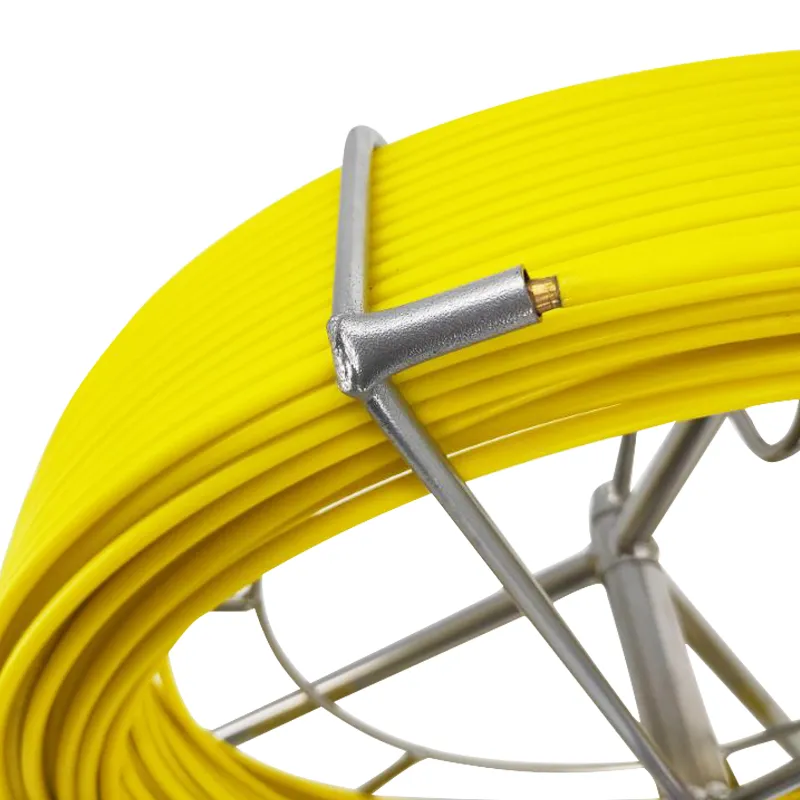
-
 Afrikaans
Afrikaans -
 Albanian
Albanian -
 Amharic
Amharic -
 Arabic
Arabic -
 Armenian
Armenian -
 Azerbaijani
Azerbaijani -
 Basque
Basque -
 Belarusian
Belarusian -
 Bengali
Bengali -
 Bosnian
Bosnian -
 Bulgarian
Bulgarian -
 Catalan
Catalan -
 Cebuano
Cebuano -
 Corsican
Corsican -
 Croatian
Croatian -
 Czech
Czech -
 Danish
Danish -
 Dutch
Dutch -
 English
English -
 Esperanto
Esperanto -
 Estonian
Estonian -
 Finnish
Finnish -
 French
French -
 Frisian
Frisian -
 Galician
Galician -
 Georgian
Georgian -
 German
German -
 Greek
Greek -
 Gujarati
Gujarati -
 Haitian Creole
Haitian Creole -
 hausa
hausa -
 hawaiian
hawaiian -
 Hebrew
Hebrew -
 Hindi
Hindi -
 Miao
Miao -
 Hungarian
Hungarian -
 Icelandic
Icelandic -
 igbo
igbo -
 Indonesian
Indonesian -
 irish
irish -
 Italian
Italian -
 Japanese
Japanese -
 Javanese
Javanese -
 Kannada
Kannada -
 kazakh
kazakh -
 Khmer
Khmer -
 Rwandese
Rwandese -
 Korean
Korean -
 Kurdish
Kurdish -
 Kyrgyz
Kyrgyz -
 Lao
Lao -
 Latin
Latin -
 Latvian
Latvian -
 Lithuanian
Lithuanian -
 Luxembourgish
Luxembourgish -
 Macedonian
Macedonian -
 Malgashi
Malgashi -
 Malay
Malay -
 Malayalam
Malayalam -
 Maltese
Maltese -
 Maori
Maori -
 Marathi
Marathi -
 Mongolian
Mongolian -
 Myanmar
Myanmar -
 Nepali
Nepali -
 Norwegian
Norwegian -
 Norwegian
Norwegian -
 Occitan
Occitan -
 Pashto
Pashto -
 Persian
Persian -
 Polish
Polish -
 Portuguese
Portuguese -
 Punjabi
Punjabi -
 Romanian
Romanian -
 Russian
Russian -
 Samoan
Samoan -
 Scottish Gaelic
Scottish Gaelic -
 Serbian
Serbian -
 Sesotho
Sesotho -
 Shona
Shona -
 Sindhi
Sindhi -
 Sinhala
Sinhala -
 Slovak
Slovak -
 Slovenian
Slovenian -
 Somali
Somali -
 Spanish
Spanish -
 Sundanese
Sundanese -
 Swahili
Swahili -
 Swedish
Swedish -
 Tagalog
Tagalog -
 Tajik
Tajik -
 Tamil
Tamil -
 Tatar
Tatar -
 Telugu
Telugu -
 Thai
Thai -
 Turkish
Turkish -
 Turkmen
Turkmen -
 Ukrainian
Ukrainian -
 Urdu
Urdu -
 Uighur
Uighur -
 Uzbek
Uzbek -
 Vietnamese
Vietnamese -
 Welsh
Welsh -
 Bantu
Bantu -
 Yiddish
Yiddish -
 Yoruba
Yoruba -
 Zulu
Zulu


Nov . 05, 2024 18:49 Back to list
electroscope induction
Electroscope Induction Understanding the Principles of Electrostatic Induction
Electroscopes are fascinating instruments used to detect electric charge. One of the key principles behind an electroscope's functionality is electrostatic induction. This phenomenon allows us to understand how charged objects can interact with neutral conductors, leading to an intriguing exploration of fundamental electrostatic concepts.
Electroscope Induction Understanding the Principles of Electrostatic Induction
Conversely, if the charged object is negatively charged, it will repel the electrons in the electroscope, pushing them away from the side nearest to the charged object. This results in a buildup of negative charge on the side of the electroscope further away from the charged object. Regardless of whether the charge is positive or negative, the overall result is that the electroscope becomes polarized, with one side bearing a charge opposite to that of the charged object and the other side acquiring a similar charge.
electroscope induction

To illustrate this concept further, let us consider a simple experiment using a metal rod and an electroscope. If a negatively charged rod is brought close to the electroscope without touching it, the electrons in the electroscope are repelled by the rod. As a result, these electrons move downwards, causing the leaves of the electroscope (which are typically made of thin metal foils) to repel each other and diverge. This change is a clear indication that charge movement has occurred within the electroscope due to the influence of the nearby charged rod.
If the charged rod is then removed, the electroscope will return to its neutral state, as the electrons will redistribute evenly throughout the conductor. However, if the electroscope is grounded while the charged rod is still in place, some of the excess charge will flow to the ground, and when the rod is removed, the electroscope will maintain a net positive charge. This illustrates how induction can lead to a permanent charge depending on grounding.
Electroscopic induction is not just an entertaining demonstration; it also has practical applications in various fields. It plays an essential role in understanding static electricity and its effects, which are critical in sectors such as electronics, chemistry, and physics. For example, electrostatic induction is used in devices like capacitors, where charge separation and storage are crucial for performance.
In conclusion, electrostatic induction is a fundamental principle that underpins the operation of electroscopes. This process highlights the interactions between charged and neutral objects, showcasing how electric fields can redistribute charges without direct contact. Understanding this phenomenon not only enriches our knowledge of electrostatics but also opens doors to exploring various technological applications, making it a cornerstone concept in the study of electricity.
Latest news
What Are Construction Tools and How Are They Used?
NewsJul.11,2025
Professional-Grade Duct Rodding Tools for Superior Cable Installation
NewsJul.11,2025
Enhancing Safety and Efficiency with Modern Hot Stick Solutions
NewsJul.11,2025
Empowering Cable Installation with Advanced Rodder Solutions
NewsJul.11,2025
Elevate Your Cable Installation Projects with Cable Pulling Tools
NewsJul.11,2025
Efficient Cable Handling Solutions: Cable Rollers for Sale
NewsJul.11,2025











